the price is for 1 peice only
this item is DAC T Type SMD 21 Stepped Attenuator 20K ( Audio Log Type / stereo )
inside contact is golden plate
short before break Type
Body Dia 21mm,
Installation Dia 7mm
thread Dia 6.5 mm,
whole shaft length 20 mm,
shaft Dia 6 mm,
thread length 7 mm approximate
We offer 10K / 20K / 50K /100K and 250K in store,
if you need others please email us. Thanks
【3 different shaft length: 15mm, 20mm, 25mm (new) . --------- Knurled shaft or D shape shaft are both available. ---------with pin or without pin are both ok.】
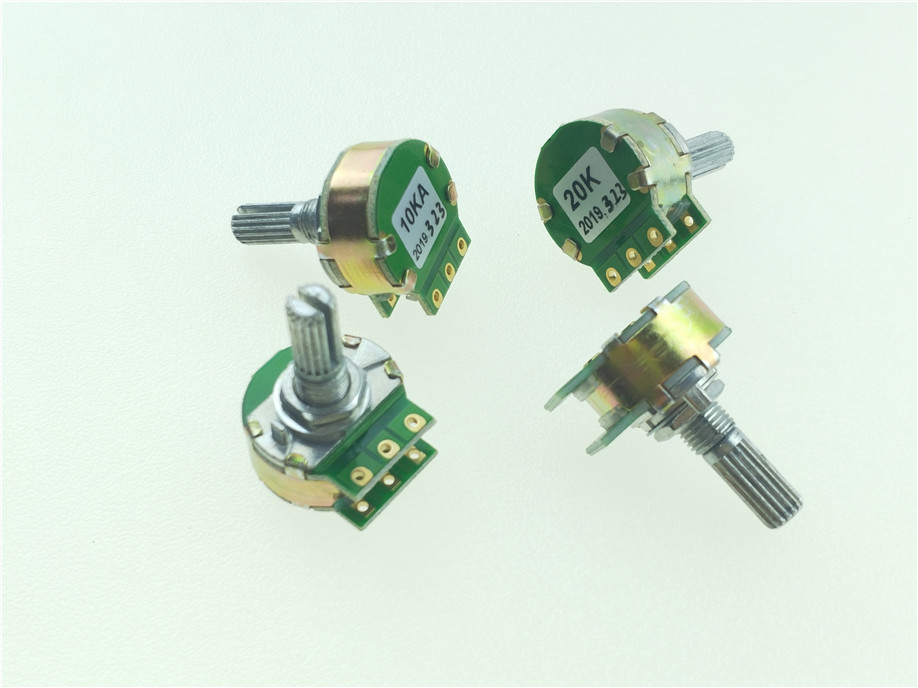
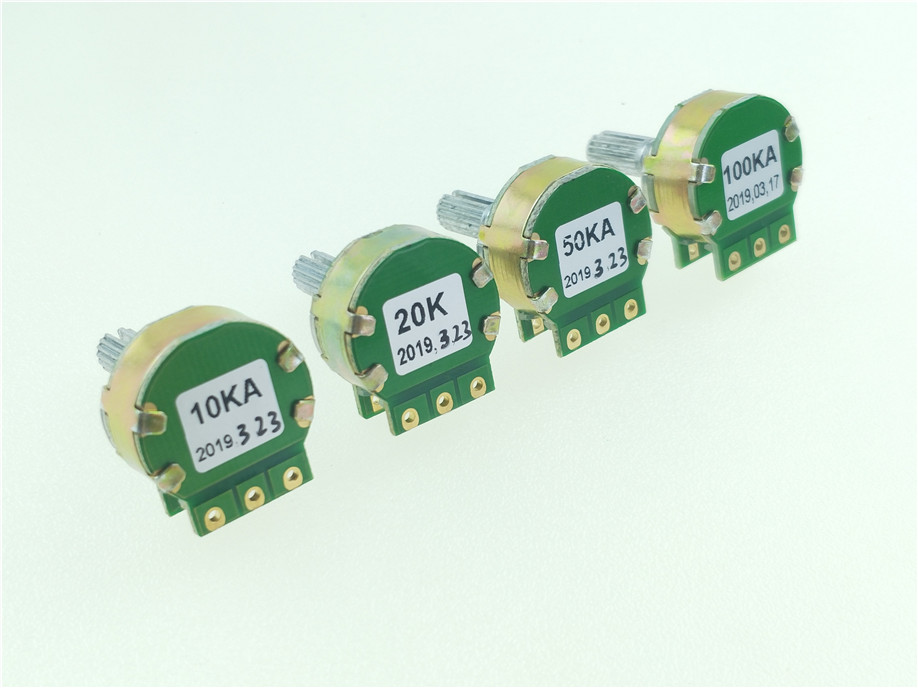
The following measurement is a 50K potentiometer for reference
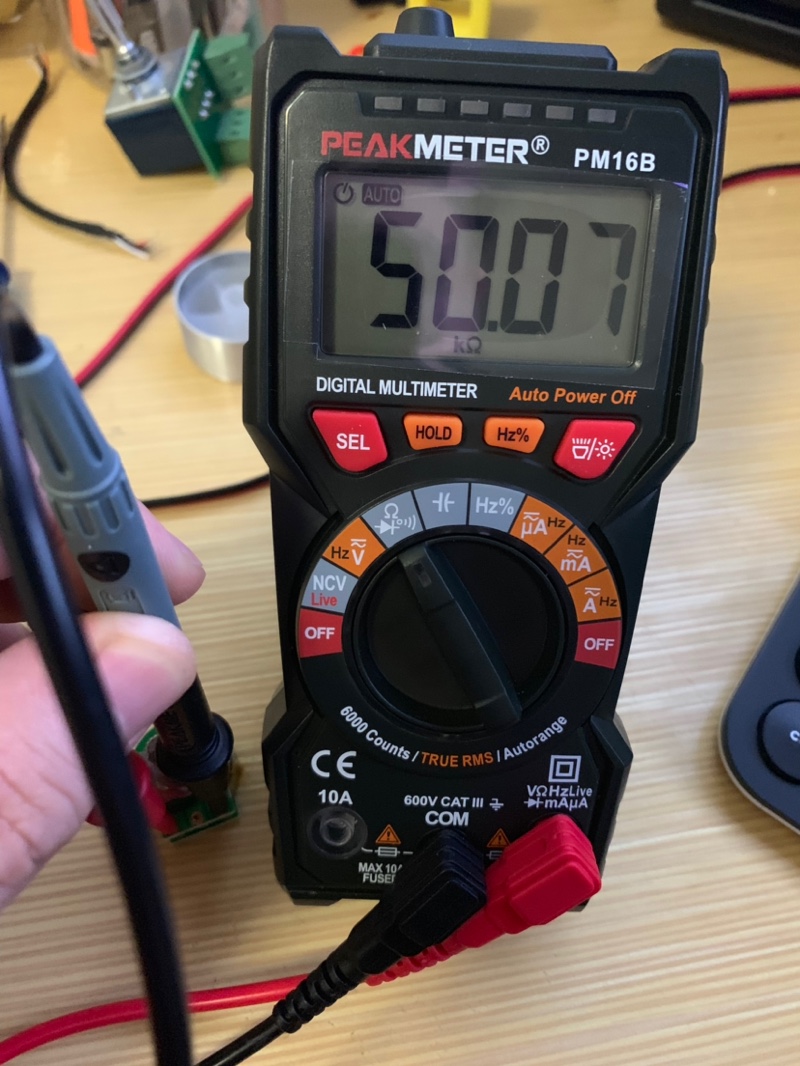
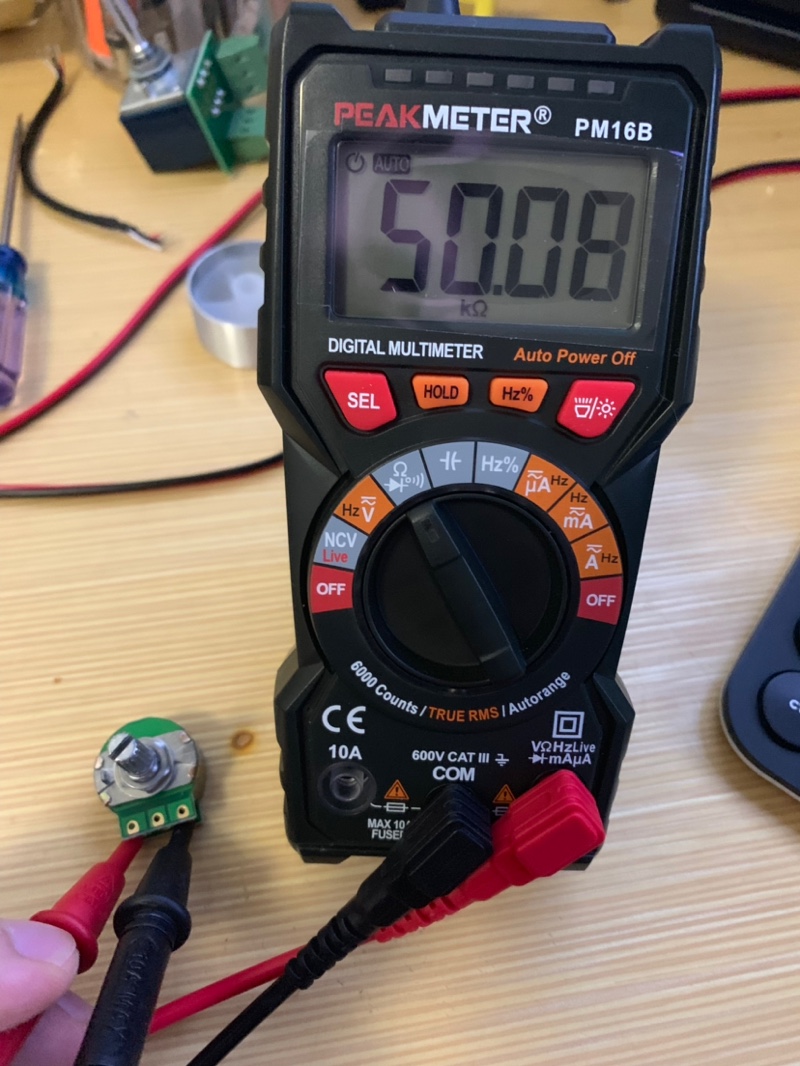
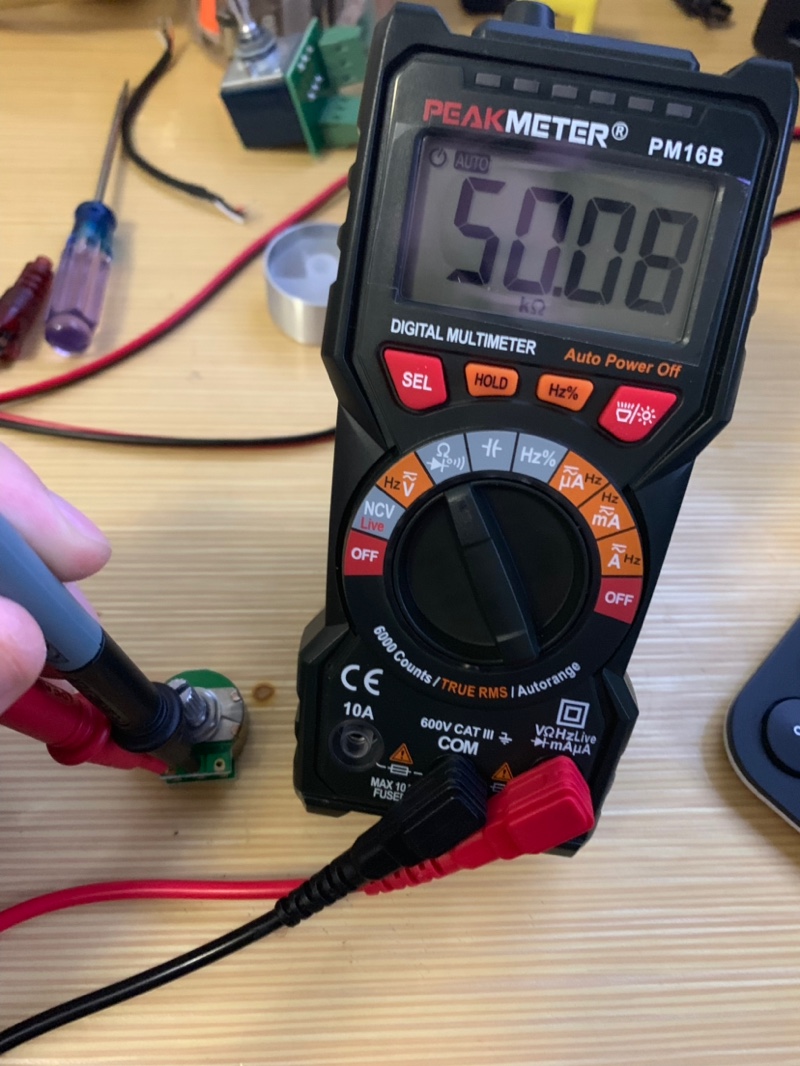

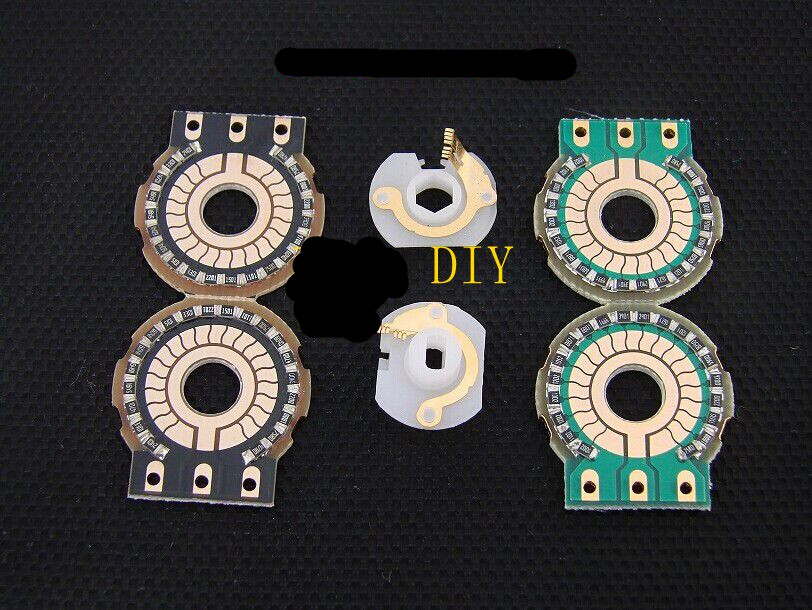

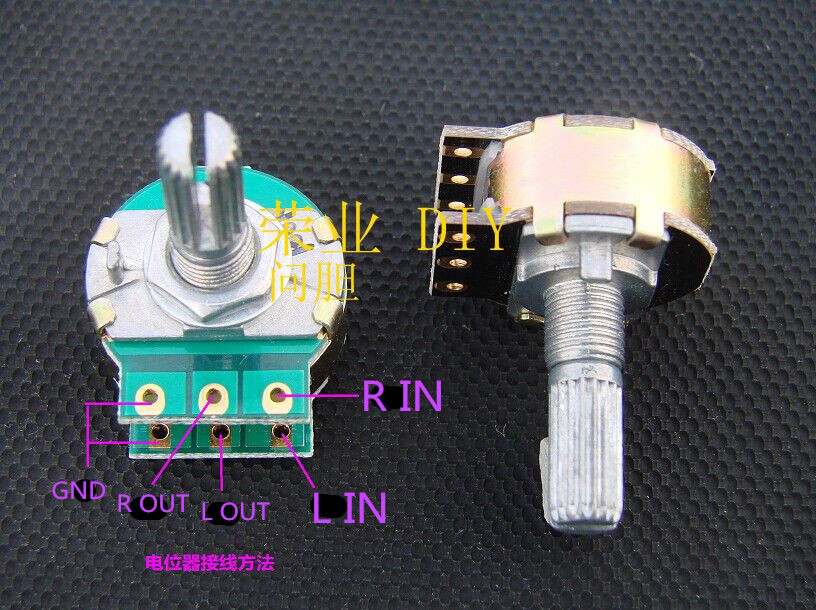
NOTE: the inside picture is old version:
now all are Nickel coating material of phosphor copper substrate
it does not make golden plated after Nickel plating anymore now
(1) in this pot, the volume increase is minimal from 0 to 10 levels, because the stepper potentiometer must be set up like this, it is different from the carbon film potentiometers, which has an infinite number of volume points.------For example, if the power of the two groups of signals is 1 milliwatt, the signal voltage of one group is 2V, another group is 20V, then the impedance of this 20V is high.
(2) --------High signal impedance means the signal voltage is high and small signal current, here should use a large K number potentiometer, if use a small K number potentiometer, the signal voltage will be pulled down a lot, which will cause distortion.
--------Low signal impedance means low signal voltage and high signal current, here a small K potentiometer should be used, if a large K number potentiometer is used, the signal low voltage through the large K number of resistors will cause distortion.
----------The potentiometer uses a large K number where the signal is weak, and a small K number where the signal is strong. After replacing the potentiometer, the angle of twist and how loud the sound will be has little to do with the number of K of the potentiometer, but has a lot to do with the voltage division ratio of the potentiometer, and has a lot to do with type A or type B.
--------- Conclusion is: The volume adjustment should be use A-type.
